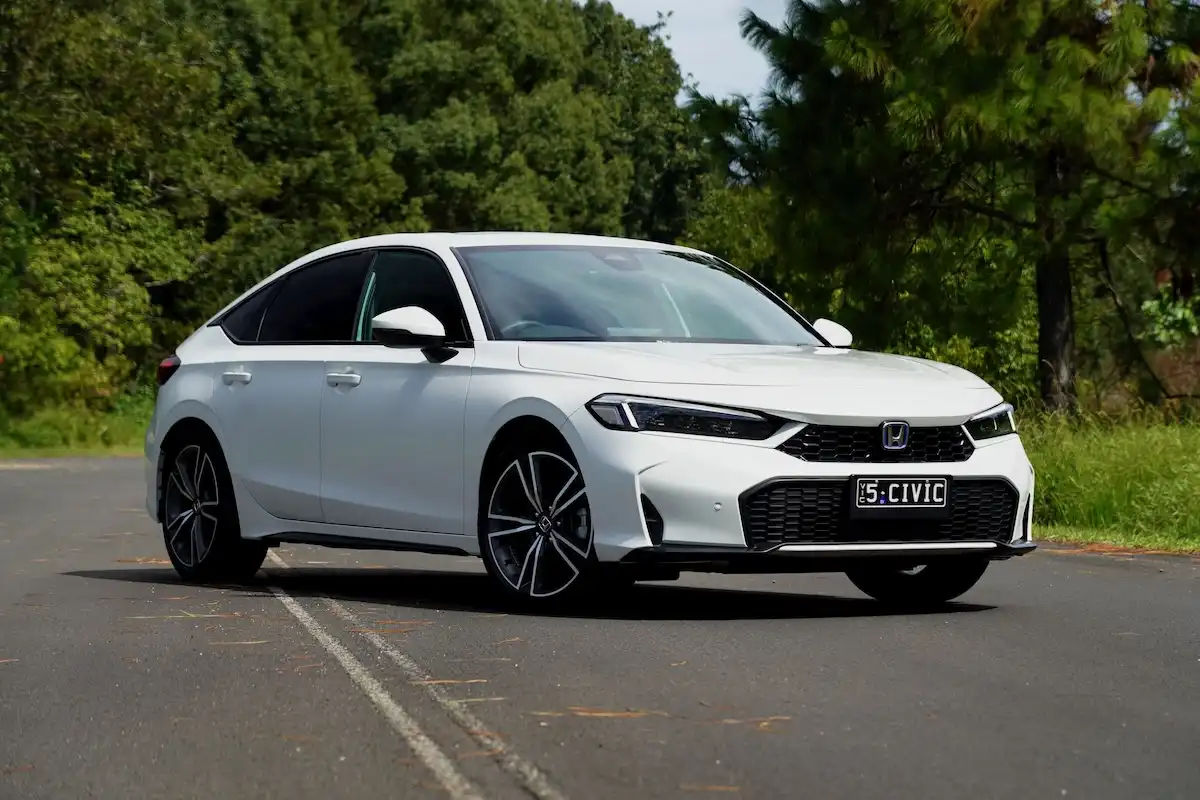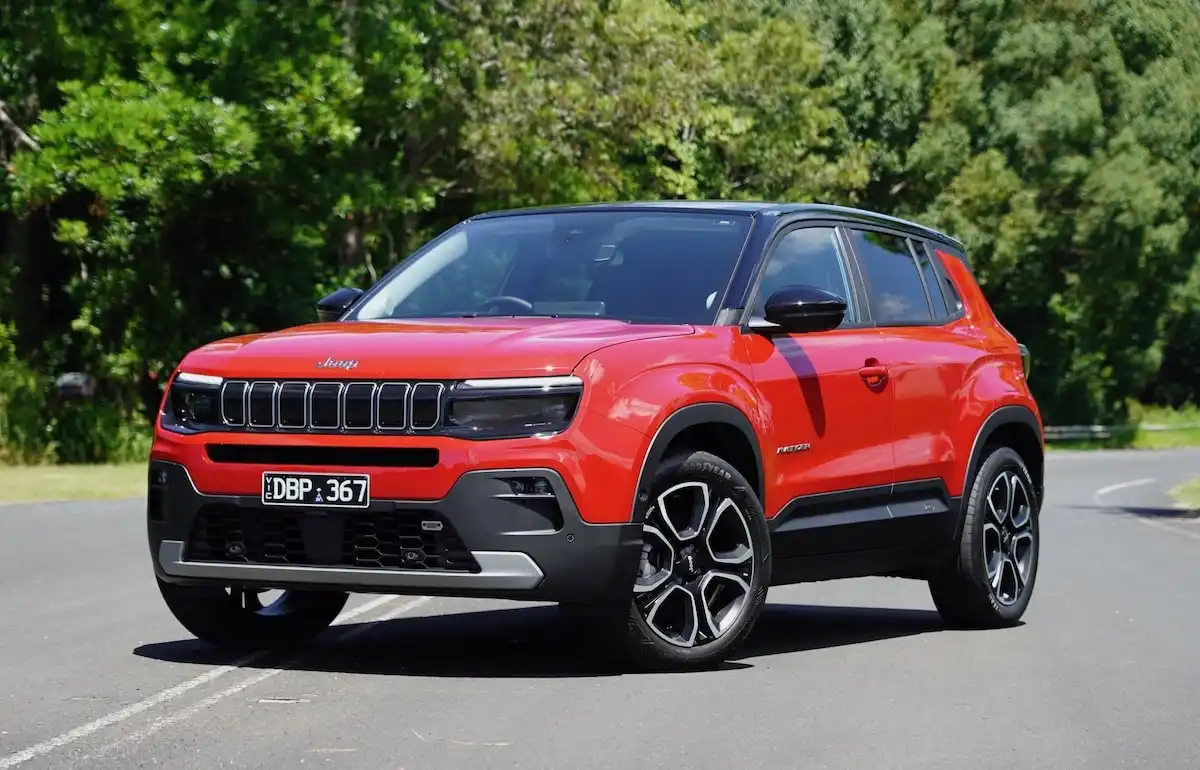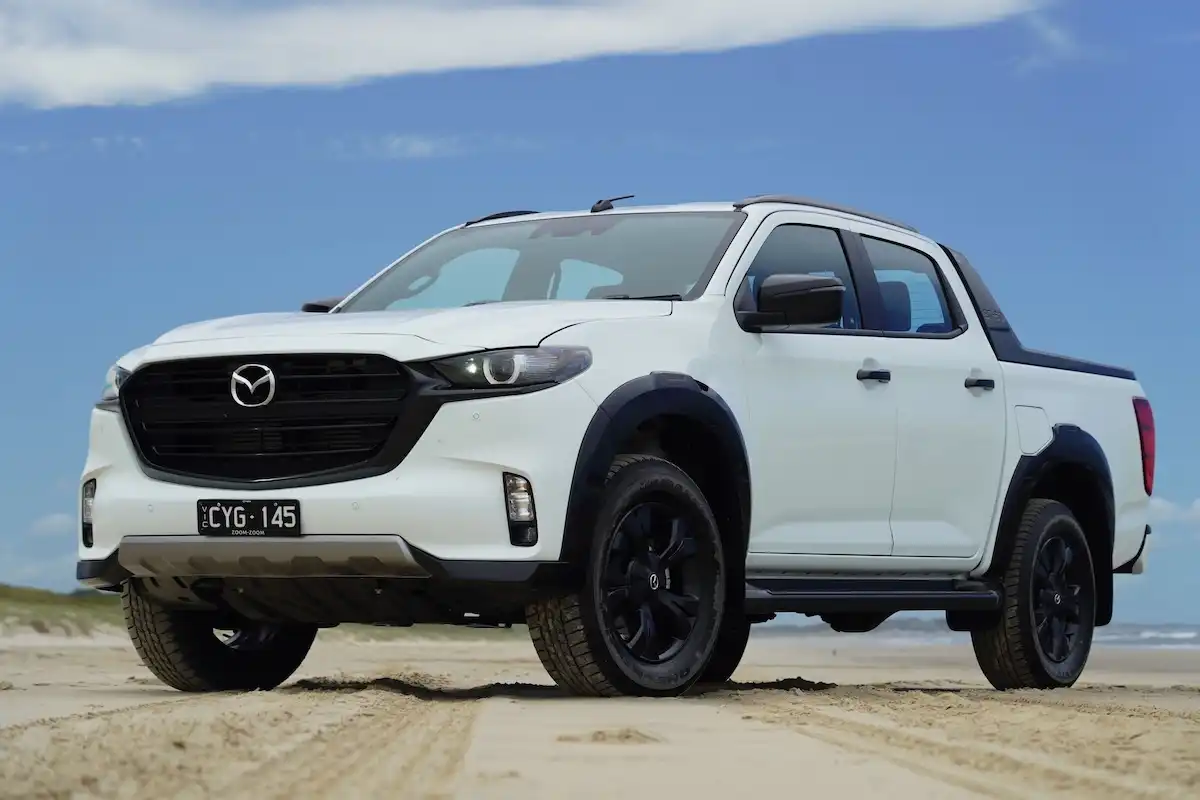If you’ve been searching the car market and found some cars or utes with turbo-diesel engine options, you might wonder what AdBlue is, how it works, and what happens if you’re caught out without enough AdBlue in the tank?
To help you out, we’ve put together a guide covering everything you need to know about AdBlue, including whether or not you’ll need it in the first place. Let’s dive in.
What is AdBlue? How Does it Work?
To keep it simple, think of AdBlue as a vital part of keeping the emissions of a diesel engine as clean as possible.
Diesel engines are notoriously dirty when it comes to things like nitrogen oxide, which car makers try to ‘catch’ within a catalytic converter.
This part of your vehicle captures gases from the internal combustion engine and attempts to clean them up, in a process known as selective catalytic reduction, before spitting them out of the exhaust pipe.
A key part of how a catalytic converter captures these noxious gases is the addition of AdBlue in the mix, which combusts and helps to reduce the amount of nitrogen oxide in the exhaust, hence AdBlue’s more generic label as a diesel exhaust fluid.
What is AdBlue Made From?
AdBlue, as a diesel exhaust fluid (DEF) is made up of a mixture of demineralised water - where bacteria and ions are taken out of the water - and a high concentration of urea.
The chemical makeup of diesel exhaust fluid, otherwise known as AdBlue, sits at around 32.5 per cent concentrated urea and 67.5 per cent demineralised water, making it non-flammable and safe for the environment in the case of a spill.
Which Cars use AdBlue?
Some of the most popular car manufacturers that install AdBlue systems in their turbo-diesel vehicles include:
- Toyota
- Citroen
- Mazda
- Ford
- Jaguar
- BMW
- Fiat
- Audi
- Land Rover
- Mitsubishi
- Jeep
- Volkswagen
- Mercedes-Benz
- Renault
- Alpina
- Peugeot
Do I Need AdBlue For the Car to Run?
While AdBlue sits in a tank separate from the engine and isn’t mechanically required for the engine to function, it’s likely that your car will not start when the AdBlue tank is empty.
That’s because manufacturers are obliged, under emissions laws, to install certain sensors that will not allow the vehicle’s engine to start and run when the AdBlue tank is empty.
That means that in many cases, you will in fact need to top-up the AdBlue tank in order for it to run, carmakers have a legal obligation to keep noxious emissions from diesel engines low.
In some cases, you will be able to start the engine, though power and torque will be restricted, which means you’re able to drive - on limited power - to the nearest service station to top your tank up.
How Much AdBlue Does a Car Use?
While it changes between manufacturers, as a general rule, AdBlue is pumped into the catalytic converter at a rate of anywhere between 3-6 per cent of the diesel that you’re using, and equates to roughly 1 litre for every 1000km of driving.
For an AdBlue tank measuring in at around 20L, this gives you a theoretical range just short of 20,000km, though tanks of this size are reserved typically for large commercial vehicles.
Smaller 10L AdBlue tanks, the most common size on passenger cars and utes here in Australia, offer up to 10,000km of range between top-ups.
To be safe, manufacturers often recommend you top up the AdBlue tank every 8,000km to make sure you’re not caught out on the road.
How Much Does AdBlue Cost?
Currently, AdBlue prices are sitting at around $6 per litre, meaning that a 10-litre bottle of AdBlue from a retailer runs for around $60.
What Happens to My Car if I Run Out of AdBlue?
If and when your car runs out of AdBlue, it’s likely that the ‘brains’ of the engine will either stop the engine from operating altogether or engage a certain mode that restricts power - allowing you to drive to the nearest service station, ideally to fill up the AdBlue tank.
Can I Run My Diesel Without AdBlue?
There are two answers to this question, with a number of new diesel engines not requiring AdBlue whatsoever, which means you can run the diesel engine without the addition of diesel exhaust fluid.
For cars that do require it, though, due to the fact that AdBlue sits in a separate tank from the engine, this means the diesel unit runs perfectly without the addition of AdBlue.
Keep in mind, though, that car makers are legally required to stop the engine from starting and running without a minimum amount of AdBlue in the tank, to keep emissions from the exhaust at a safe level.
Can I Still Drive Without AdBlue?
In theory, yes, you can still drive without AdBlue in the tank, though it’s likely that the engine control unit will stop the vehicle from starting and running if there is not enough AdBlue in the tank due to emissions requirements.
Can All Diesel Cars Use AdBlue?
Typically, diesel engines that meet Euro6 emissions regulations will use a diesel exhaust fluid, otherwise known as AdBlue, which is usually found in a 10-litre tank.
If this is the case, you’ll likely find a separate AdBlue cap next to where you fill your diesel tank under the filler cap.
If you’re unsure, simply consult the vehicle’s manual or talk with a licenced mechanic about whether or not you need to top up your AdBlue tank.
Request a Quote
If you’re looking to step into the car of your dreams, be sure to reach out to one of our car-buying specialists who can help find the best possible price on the market.










